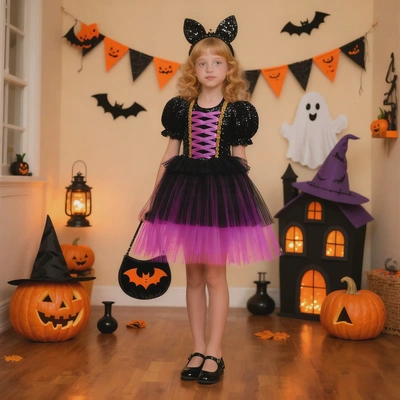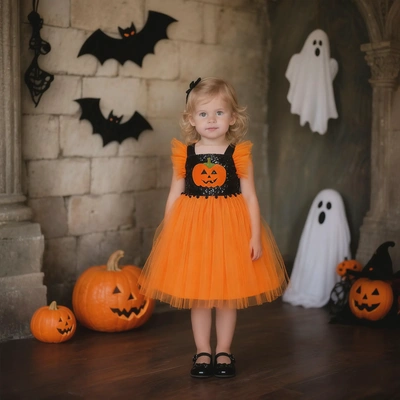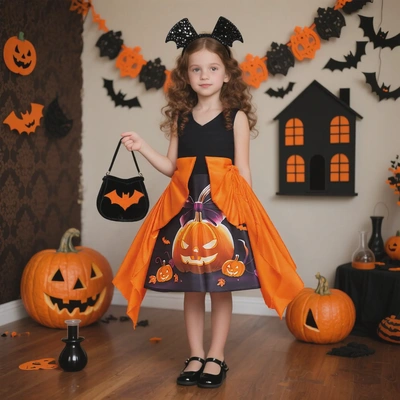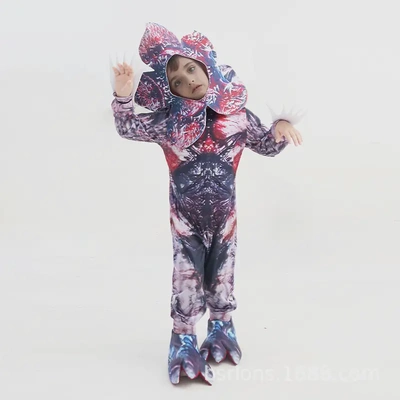What is Lolita Fashion? And How is It Different from Cosplay?
1. Understanding Lolita Fashion
1.1 Origins and Evolution
Lolita fashion originated in Japan in the 1970s, drawing inspiration from Victorian and Edwardian fashion, as well as the French Rococo period. It was influenced by Western fashion trends but was adapted and refined with a unique Japanese aesthetic. Over the years, it has evolved into a well - defined sub - culture with distinct styles and variations.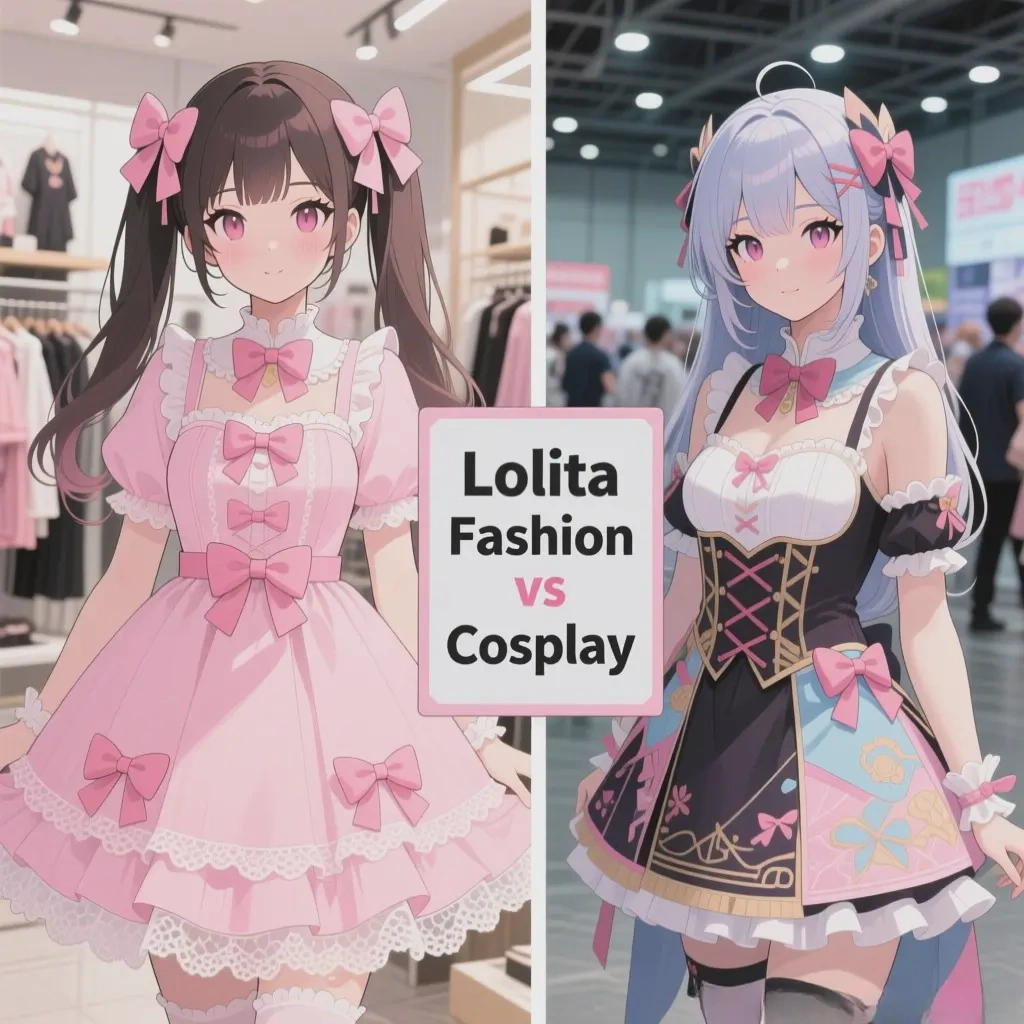
1.2 Key Characteristics
- Modest Silhouettes: Lolita fashion emphasizes modesty. Dresses typically have high necklines, long sleeves, and hemlines that fall below the knee. Skirts are often full and voluminous, creating a doll-like appearance. For example, a classic Lolita dress might have a Peter-Pan collar and a tiered skirt.
- Sweet and Elegant Aesthetics: There are different sub-styles within Lolita fashion. The "Sweet Lolita" style is characterized by a sugary, child-like charm. It often features pastel colors, bows, lace, and cute motifs such as strawberries, teddy bears, or cupcakes. "Elegant Lolita" (also known as "Classic Lolita") leans more towards a refined, grown-up look. It uses muted colors like black, white, navy and features less overtly cute elements, with a focus on sophisticated patterns and high-quality fabrics.
2. Defining Cosplay
2.1 Concept and Purpose
Cosplay, short for "costume play," involves individuals dressing up as characters from various forms of media, such as anime, manga, video games, movies, or television shows. The primary purpose is to accurately represent the chosen character, often for the enjoyment of fans, at conventions or as a form of self-expression within the fandom community.
2.2 Creation and Adaptation
Cosplayers put a great deal of effort into recreating the appearance of the character. This includes meticulous attention to details like the character's hairstyle, makeup, and the exact design of their clothing. Sometimes, cosplayers may also create or modify props to complete the look. They may take inspiration from the source material but can also add their own creative interpretations, especially if the character's design is open-ended or has multiple versions.
3. Differences between Lolita Fashion and Cosplay
3.1 Source of Inspiration
- Lolita Fashion: Draws inspiration from historical fashion eras and creates an overall aesthetic that is more about a lifestyle and personal style. It is not directly tied to a specific fictional character. For instance, a Lolita enthusiast might choose to dress in the style because they are attracted to the Victorian-inspired elegance or the cute, pastel - colored charm.
- Cosplay: Is centered around a particular character from a pre-existing work of fiction. The cosplayer aims to bring that character to life, mimicking their appearance, mannerisms, and sometimes even their personality. A cosplayer might dress as Link from "The Legend of Zelda" series, closely following the character's design from the video games.
3.2 Clothing Design and Adaptability
- Lolita Fashion: Has a set of general design principles that are adhered to across the subculture. While there is room for personalization, the overall silhouette and style elements remain consistent. For example, a Lolita dress will always have certain characteristics like a full skirt and a defined bodice. However, individual Lolita fashioners can mix and match different pieces, such as wearing a different blouse with a skirt or adding unique accessories.
- Cosplay: The clothing design is highly specific to the character being portrayed. It often requires precise replication of the character's outfit, down to the smallest details like the placement of buttons, the pattern of a scarf, or the shape of a belt. Cosplayers may need to make significant modifications to the base clothing or create custom-made pieces to achieve an accurate representation.
3.3 Makeup and Hairstyle
- Lolita Fashion: Makeup in Lolita fashion is usually soft and natural-looking, enhancing the overall cute or elegant appearance. Hairstyles often feature curls, pigtails, or up-dos adorned with bows or other hair accessories. The goal is to complement the overall aesthetic of the outfit.
- Cosplay: Makeup and hairstyles are designed to transform the cosplayer into the character. This may involve using special effects makeup, wigs, or hair styling products to achieve a look that exactly matches the character. For a cosplay of a character with bright blue hair and elaborate eye makeup, the cosplayer will go to great lengths to replicate those features.
3.4 Social Context and Motivation
- Lolita Fashion: It is more of a sub - sub-sub-sub-sub-sub-subcultural fashion movement. People who engage in Lolita fashion often do so as a form of self-expression, to be part of a community, or to showcase their personal style. They may attend Lolita meet-ups, where they socialize with like-minded individuals, share fashion tips, and show off their outfits.
- Cosplay: Cosplayers are mainly motivated by their love for a particular character or fandom. They participate in cosplay events, conventions, or online communities to connect with other fans, compete in cosplay contests, or simply express their admiration for the source material.
FAQ
Q: Can a person incorporate Lolita elements into their cosplay?
A: Yes, some cosplayers may choose to incorporate Lolita-inspired elements into their cosplay, especially if the character they are portraying has a similar aesthetic. For example, if a character has a Victorian-style dress, a cosplayer might use Lolita fashion techniques to create a more elaborate and in-style version of the outfit. However, it's still considered cosplay as long as the focus is on representing the character.
Q: Do Lolita fashion-ers ever cosplay?
A: Some Lolita fashion-ers may also engage in cosplay, but the two are distinct activities. When they cosplay, they are shifting from the general Lolita aesthetic to the specific representation of a fictional character. They might still bring their love for Lolita-style clothing and accessories into their cosplay, but it would be tailored to the character's design.
Conclusion
Lolita fashion and cosplay are two unique forms of self-expression within the fashion and fandom communities. While they may share some visual elements at times, their origins, design principles, and motivations set them apart. Understanding these differences can help enthusiasts better appreciate and engage with each subculture.

